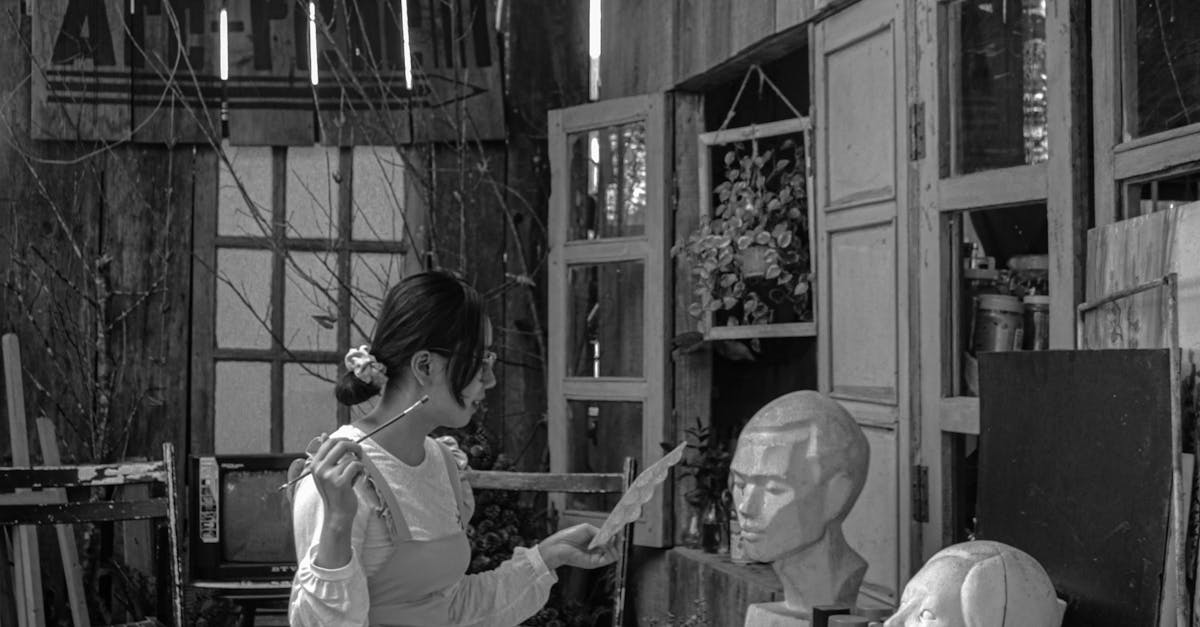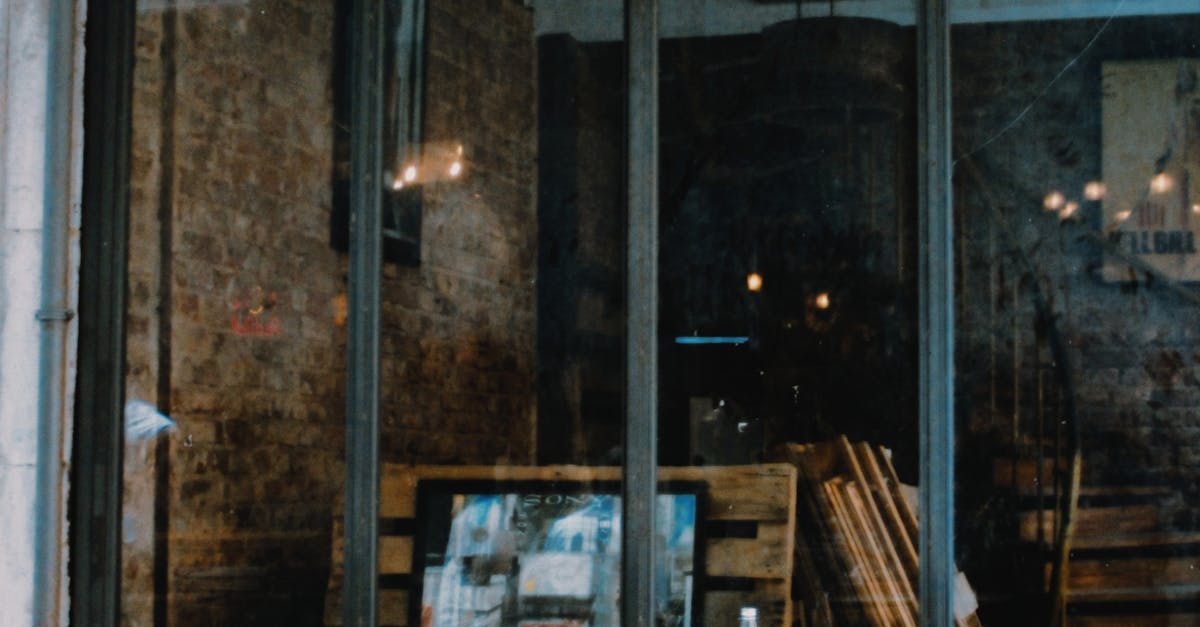
When it comes to the world of art, painting stands out as one of the most versatile and expressive mediums. Whether you’re a seasoned artist or a beginner picking up a brush for the first time, exploring painting techniques can open up a whole new world of creativity and possibilities.
At its core, painting is about much more than simply putting pigment onto a canvas. It encompasses a wide range of techniques, styles, and approaches that artists can use to communicate their ideas and emotions. From the bold, expressive brushstrokes of the Impressionists to the intricate detail of classical realism, painting offers a limitless array of tools for self-expression.
Generally, overall, there are two main categories of painting techniques: wet-on-wet and wet-on-dry. Wet-on-wet techniques involve applying paint to a wet surface, allowing colors to blend and mix directly on the canvas. This technique is favored by artists looking to create soft transitions and blend colors seamlessly. On the other hand, wet-on-dry techniques involve applying paint to a dry surface, allowing for more precise and controlled brushwork. This technique is commonly used for detailed work and layering colors.
Fundamentally, mastering painting techniques requires a combination of skill, practice, and experimentation. Artists must understand the properties of their materials, such as how different pigments interact with each other and how to manipulate paint viscosity for desired effects. By honing their craft and exploring new techniques, painters can push the boundaries of their creativity and create truly unique works of art.
Consequently, exploring painting techniques allows artists to develop their unique style and artistic voice. Experimentation with different methods and materials can help painters discover new ways of expressing themselves and interpreting the world around them. By mastering various techniques, artists can elevate their craft and create compelling artworks that resonate with viewers on a deeper level.
One key aspect of painting techniques is understanding the concept of layering. Layering involves building up multiple thin or thick layers of paint to create depth, texture, and complexity in a piece. This method adds richness and dimension to the artwork, enhancing its visual appeal and storytelling potential.
Equally important is the use of contrast in painting. Contrast can be achieved through variations in color, value, texture, and brushwork. By juxtaposing light and dark tones, smooth and textured surfaces, or bold and soft brushstrokes, artists can create dynamic compositions that draw the viewer’s eye and evoke strong emotions.
Moreover, in reality, painting techniques go beyond mere technical skills; they also involve a deep understanding of composition and design principles. Artists must consider elements such as balance, harmony, rhythm, and focal points when planning and executing a painting. These compositional techniques play a crucial role in guiding the viewer’s gaze and creating visual interest within the artwork.
In particular, mastering painting techniques requires dedication, patience, and a willingness to push creative boundaries. Each brushstroke, color choice, and composition decision contributes to the overall impact of the artwork. By continually honing their skills and experimenting with new approaches, artists can unlock their full creative potential and produce truly captivating paintings that leave a lasting impression on viewers. Read more here
Mastering advanced painting techniques
Layering and contrast are not the only elements to consider in painting; color theory plays a significant role as well. Understanding the color wheel and how different hues interact can greatly impact the mood and atmosphere of a painting. Warm colors like reds, oranges, and yellows often evoke energy and warmth, while cool colors such as blues and greens can create a sense of calm and tranquility. Artists can utilize color harmonies like complementary, analogous, or triadic schemes to create visually pleasing compositions that resonate with viewers.
Additionally, texture can add another dimension to a painting. Experimenting with different painting tools and techniques, such as impasto or glazing, can create tactile elements that engage the viewer’s senses. Texture can suggest depth, movement, or emotion within a piece, enhancing its overall impact and visual interest.
Moreover, the choice of brushwork can greatly influence the style and appearance of a painting. Thick, bold strokes can convey strength and confidence, while delicate, intricate brushwork may evoke a sense of intimacy or fragility. By varying brush techniques, artists can create a dynamic interplay of light and shadow, shape and form, adding complexity and nuance to their artworks.
Considering all these aspects when mastering painting techniques can elevate an artist’s work to new heights. By continuously exploring and refining their skills, artists can push the boundaries of their creativity and create artworks that speak volumes without uttering a single word. Experimentation, practice, and a passion for self-expression are the key ingredients to mastering the intricate art of painting. Learn more here

In essence, mastering advanced painting techniques is a journey of continuous exploration, learning, and innovation that allows artists to delve deep into their creativity and express their innermost thoughts and emotions on canvas. By understanding the intricate interplay of various techniques such as layering, contrast, color theory, texture, and brushwork, artists can create captivating artworks that resonate with viewers on multiple levels.
As artists venture into the realm of painting techniques, they not only develop their skills but also cultivate their unique artistic voice and style. Through experimentation, practice, and a relentless pursuit of self-expression, painters can transcend the boundaries of traditional artistry and create works that are not just visually appealing but emotionally evocative. Each brushstroke, each color choice, and each compositional decision adds to the narrative of the artwork, weaving a story that transcends mere pigment and canvas.
Ultimately, the mastery of advanced painting techniques lies at the crossroads of technical proficiency and creative expression. It is a blend of discipline and passion, skill and intuition, that allows artists to capture fleeting moments, deep emotions, and profound truths on the fragile surface of a canvas. It is through the mastery of these techniques that artists can communicate with the world without saying a word, leaving behind a legacy of beauty, emotion, and inspiration for generations to come.
In conclusion, the journey to mastering advanced painting techniques is a profound and transformative experience that shapes not only the artist’s craft but also their soul. It is a path of endless discovery, where each brushstroke is a step closer to self-realization and each artwork is a reflection of the artist’s innermost being. So, embrace the canvas, wield your brush with purpose, and let the colors speak the unspoken words of your heart. Find out more here
